Retinol Creams VS Serums: Differences
Retinol Creams vs. Serums: Understanding the Differences for Optimal Skin Care

Retinol, a derivative of Vitamin A, has been a cornerstone in skincare for its remarkable benefits in anti-aging and skin renewal. However, with the plethora of retinol-based products in the market, it's essential to understand the subtle yet significant differences between retinol creams and serums. This comprehensive guide will delve into these differences, helping you make an informed decision for your skincare routine.
Introduction to Retinol in Skincare
Retinol, a highly effective ingredient, is renowned for its ability to promote skin renewal, enhance collagen production, and lessen the appearance of fine lines and wrinkles. Its versatility makes it a favored ingredient in various skincare formulations, notably creams and serums. Understanding its mechanism and how it interacts with the skin is key to choosing the right product.
Retinol Creams: Rich Texture, Deep Hydration

Benefits and Characteristics: Retinol creams are typically characterized by their thicker consistency, providing not only the benefits of retinol but also deep hydration. Ideal for dry or sensitive skin types, these creams often contain moisturizing ingredients like hyaluronic acid or ceramides.
Ideal Usage and Skin Types: Creams are particularly beneficial during colder months or for individuals with dry or mature skin. Their rich texture helps in locking in moisture and provides a barrier against environmental stressors.
Application Tips: Due to their heavy formulation, retinol creams are best applied at night. A pea-sized amount is sufficient, and it's crucial to follow up with sunscreen during the day as retinol can increase skin sensitivity to the sun.
Retinol Serums: Potent and Lightweight

Benefits and Characteristics: Serums are known for their lightweight and fast-absorbing properties. They typically have a higher concentration of retinol compared to creams, making them a potent choice for targeting specific skin concerns like fine lines and uneven skin tone.
Ideal Usage and Skin Types: Best suited for oily or combination skin types, serums are less likely to clog pores. They work well in humid climates or during warmer months due to their light texture.
Application Tips: Apply a small amount of serum after cleansing and before moisturizing. As with creams, it's essential to use sunscreen during the day when using retinol-based serums.
Choosing Between Retinol Creams and Serums
Factors to Consider:
- Skin Type: Oily or acne-prone skin may benefit more from serums, while dry or sensitive skin may prefer creams.
- Climate: In humid conditions, serums can be more comfortable, whereas creams can be beneficial in dry climates.
- Personal Preference: Some may prefer the lightweight feel of serums, while others might like the richness of creams.
Combining Both: For those looking to reap the benefits of both formulations, consider using a serum in the morning and a cream at night. Always remember to introduce retinol gradually into your skincare routine to minimize irritation.
Conclusion: Tailoring Retinol Use to Your Skin's Needs
The choice between retinol creams and serums boils down to individual skin needs, preferences, and lifestyle factors. Whether you opt for the hydrating richness of a cream or the potent, lightweight feel of a serum, retinol remains a transformative ingredient in the realm of skincare.
Remember, skincare is deeply personal, and what works for one might not work for another. It's always recommended to patch test new products and consult with a dermatologist if you have specific skin concerns or conditions. With the right product and approach, retinol can be a game-changer in your skincare routine, leading to brighter, smoother, and more youthful-looking skin.


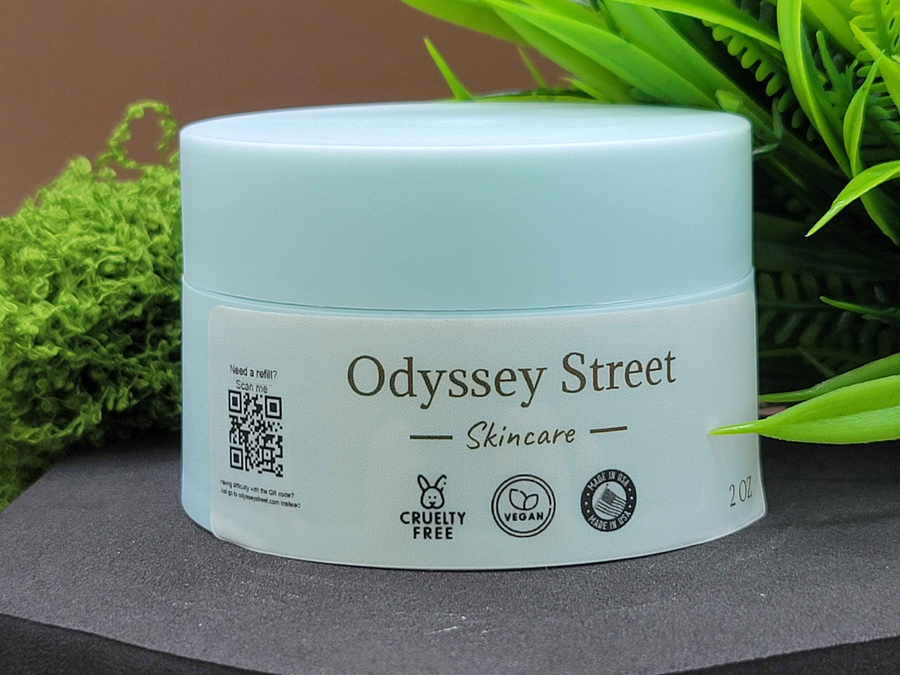
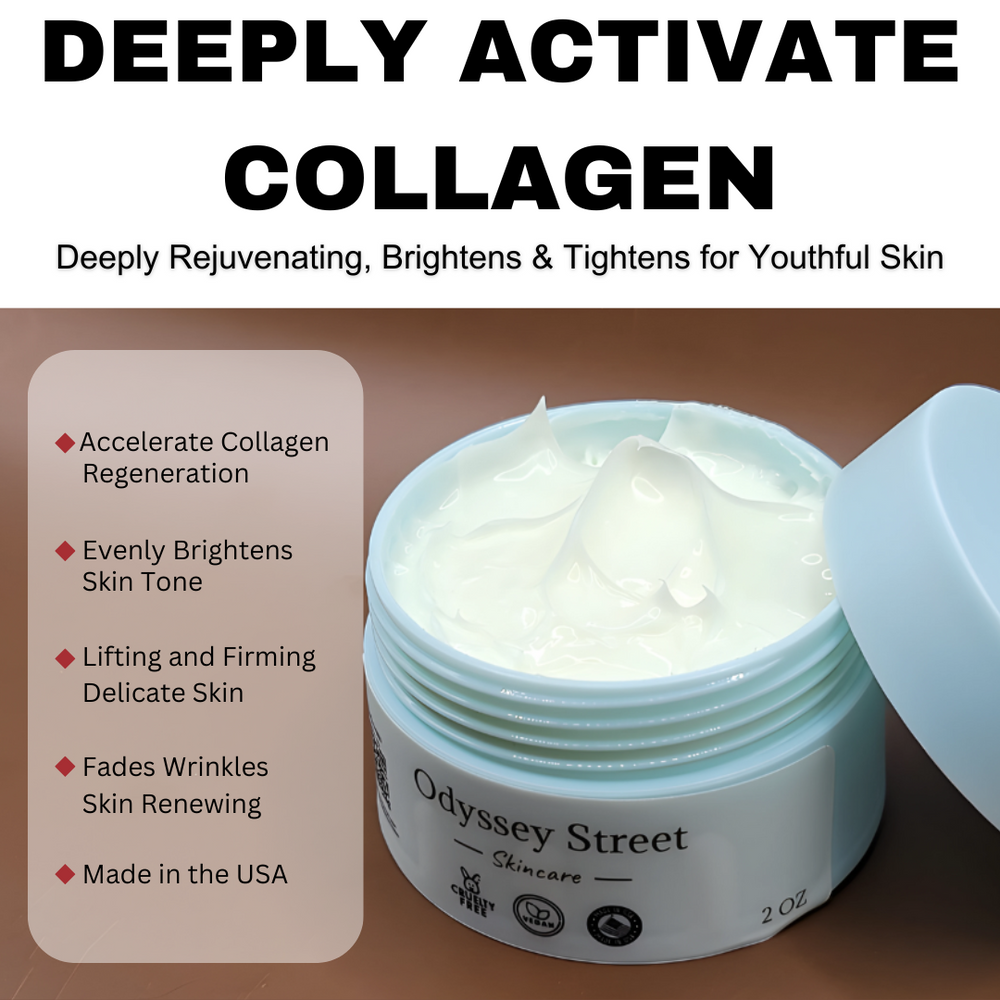


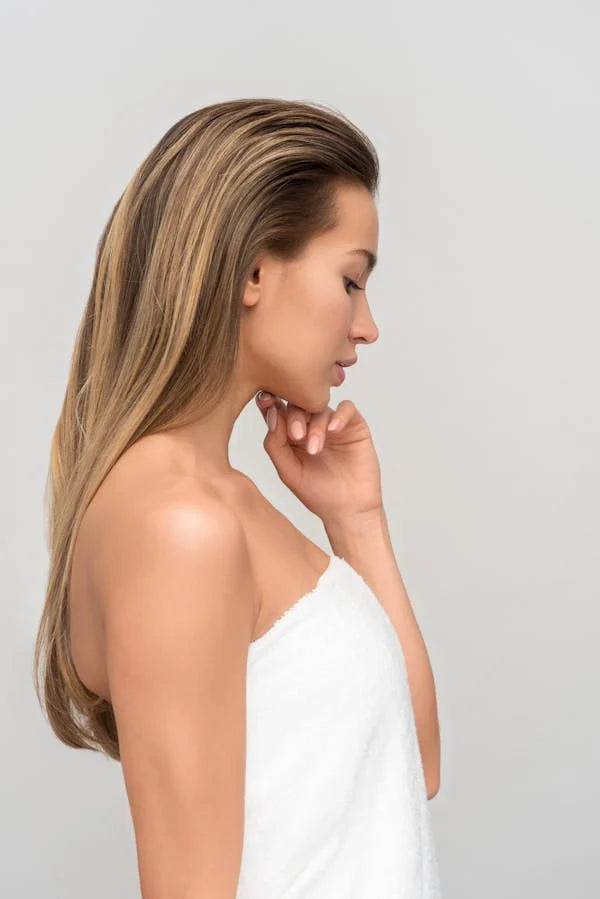

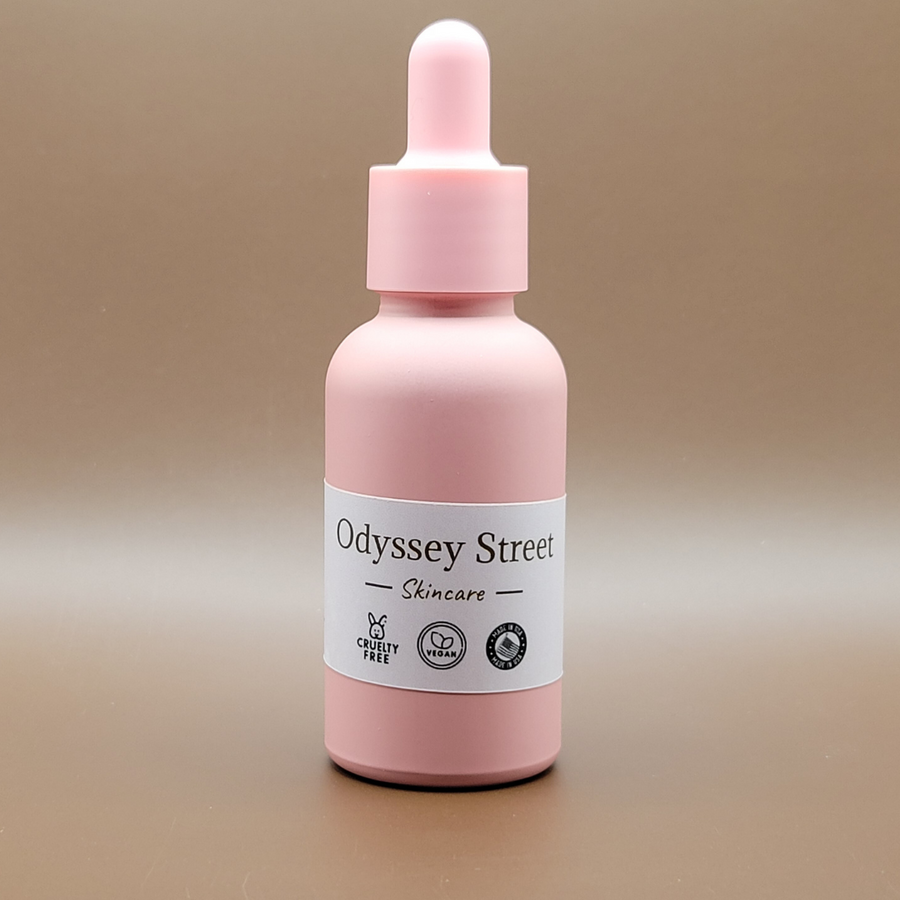
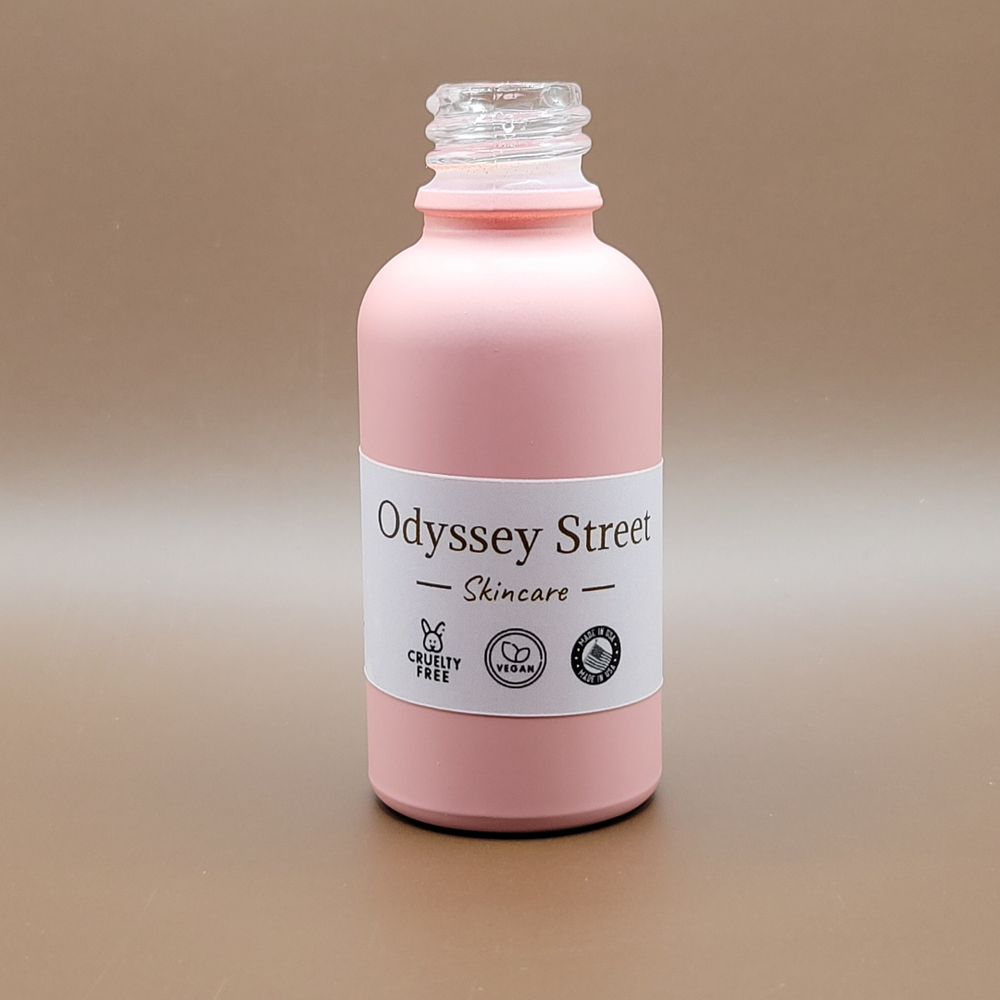
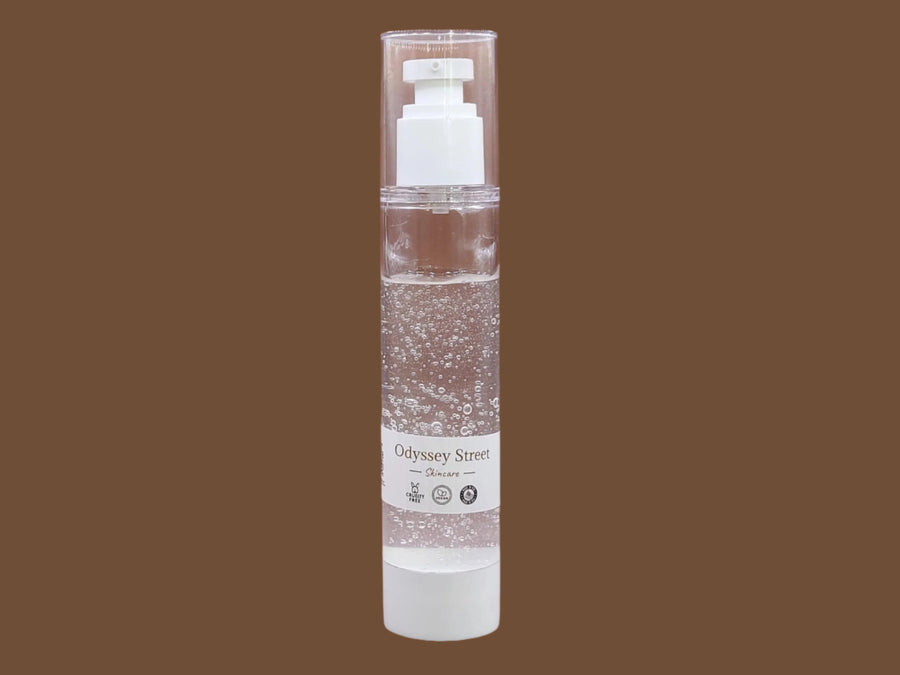
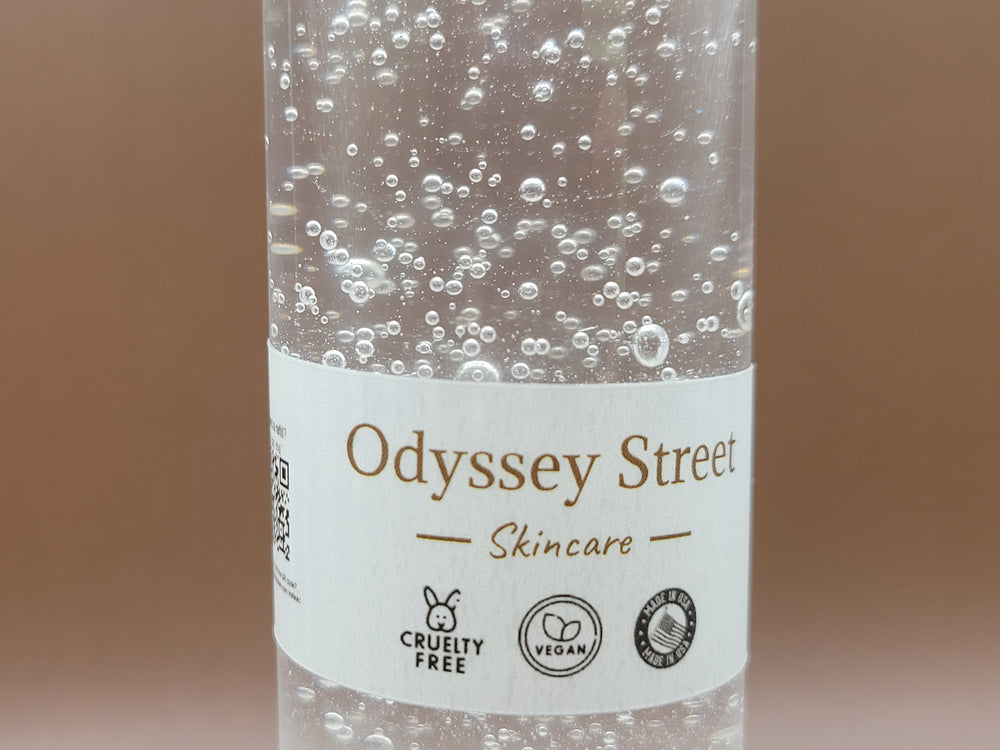
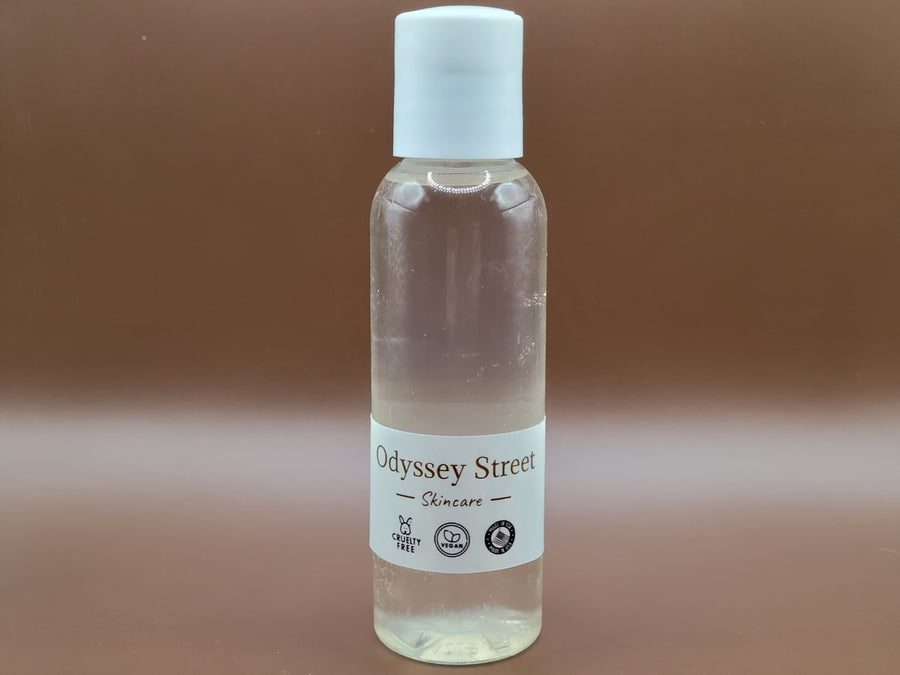
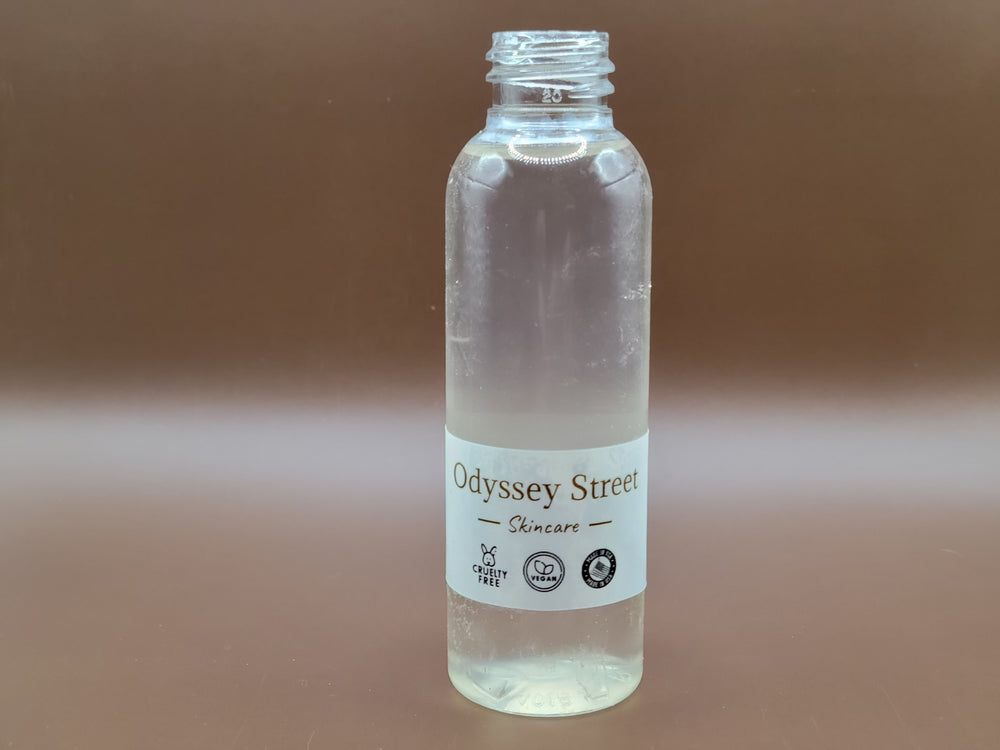

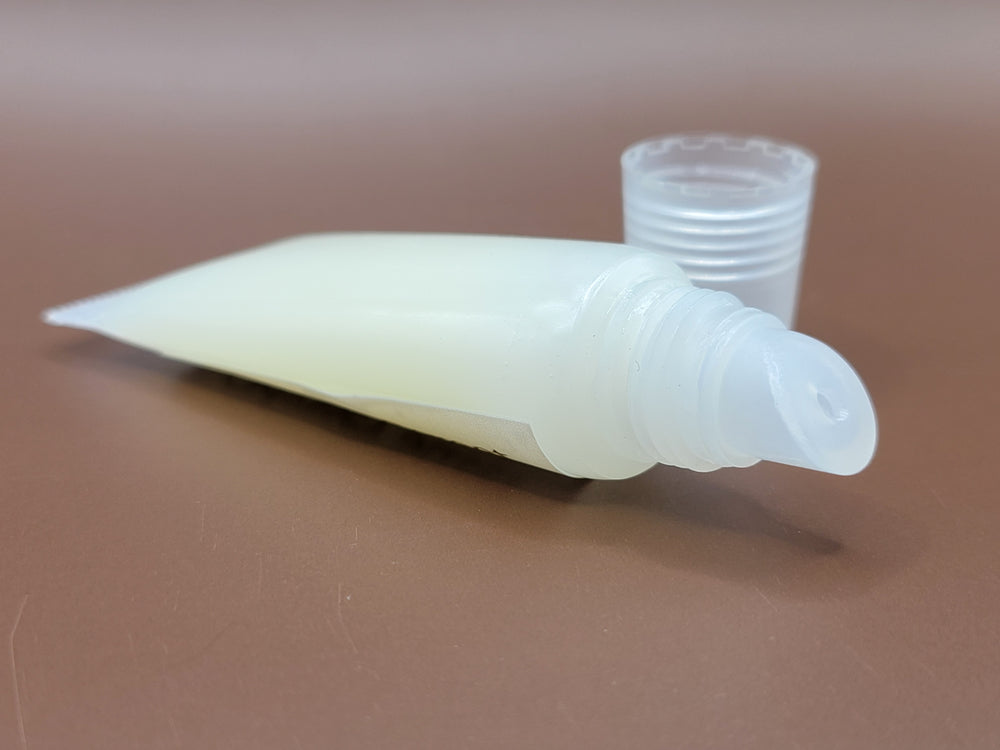
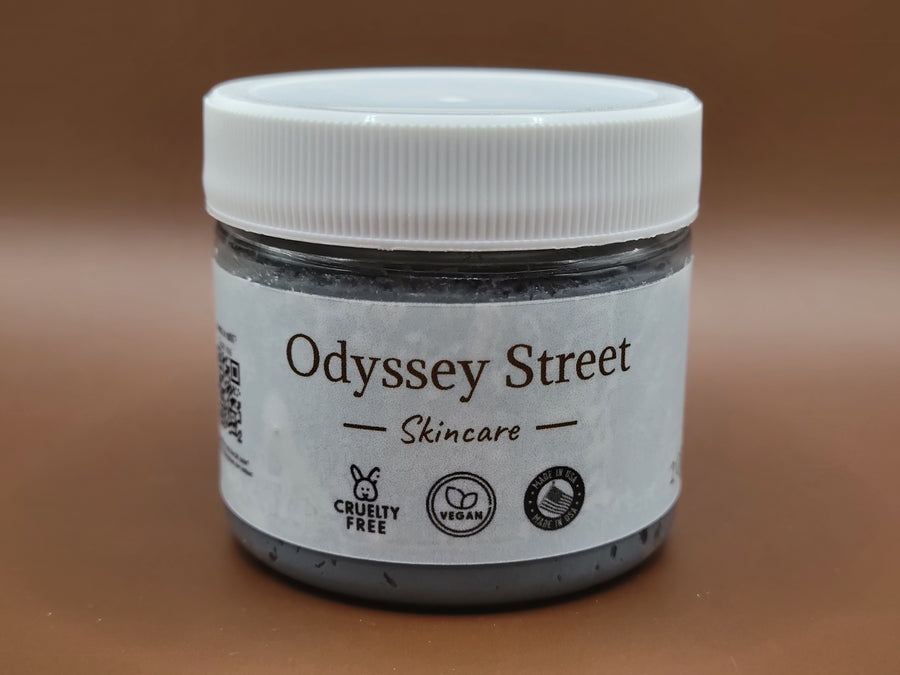
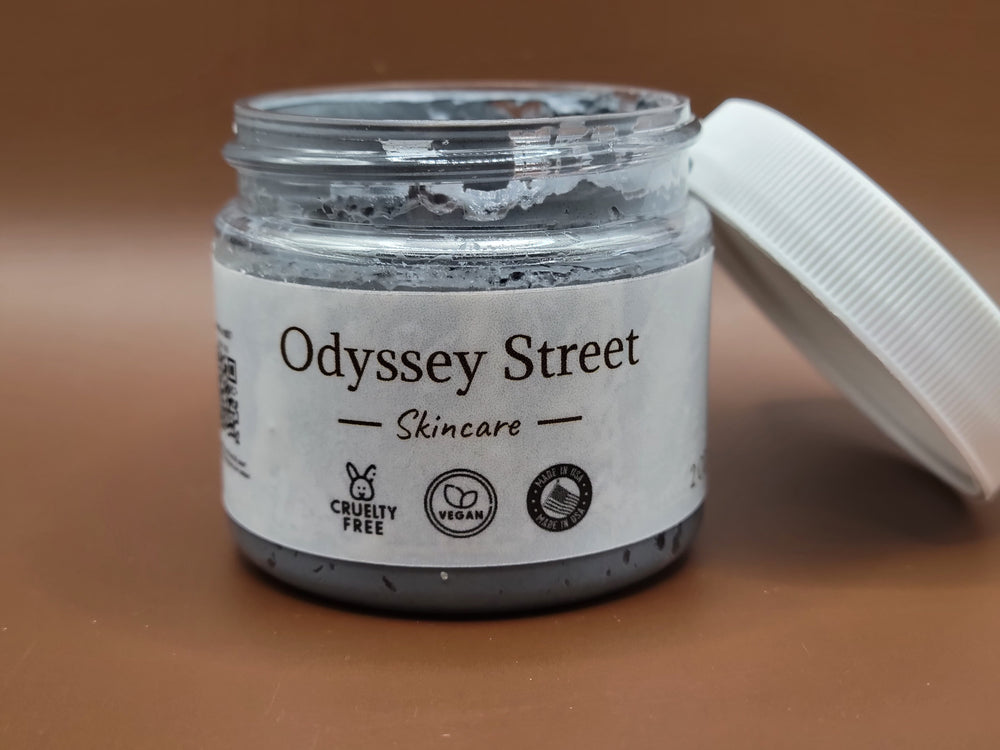
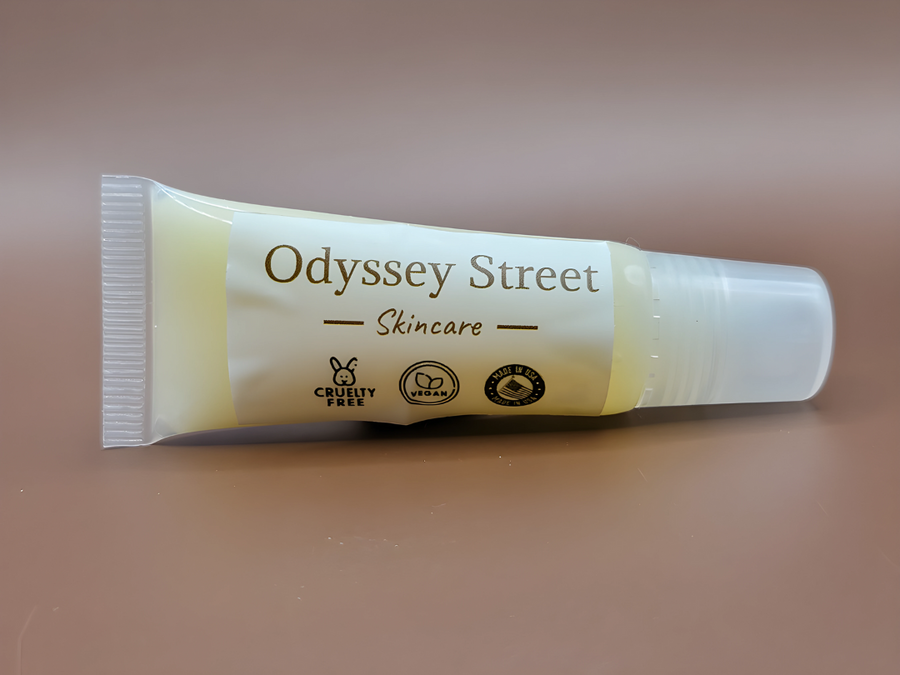
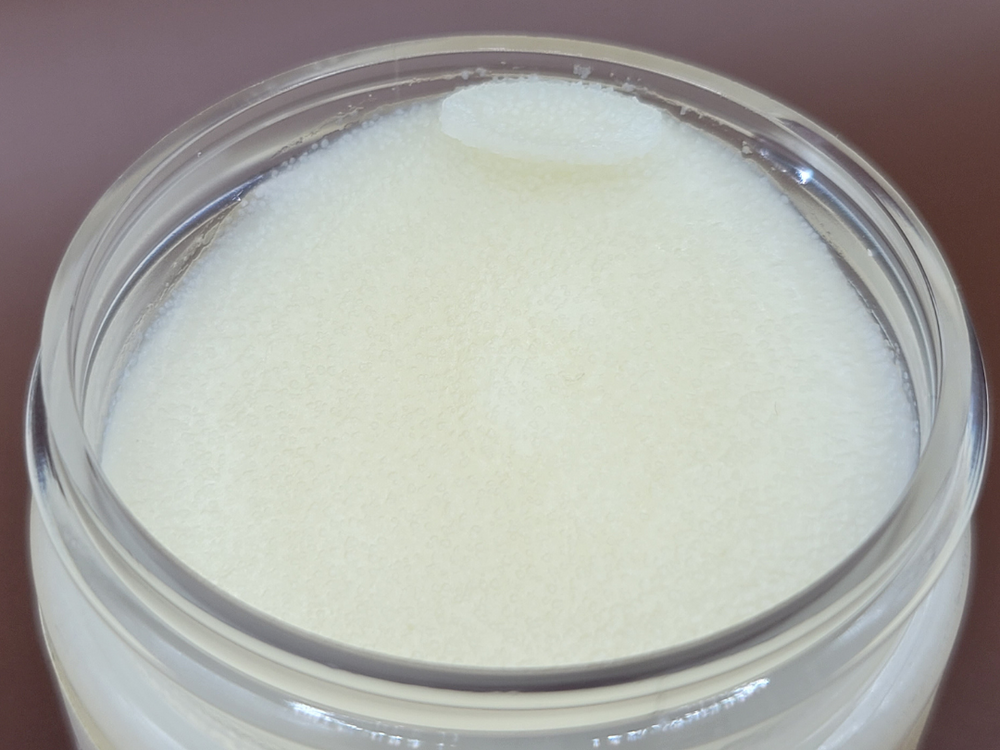
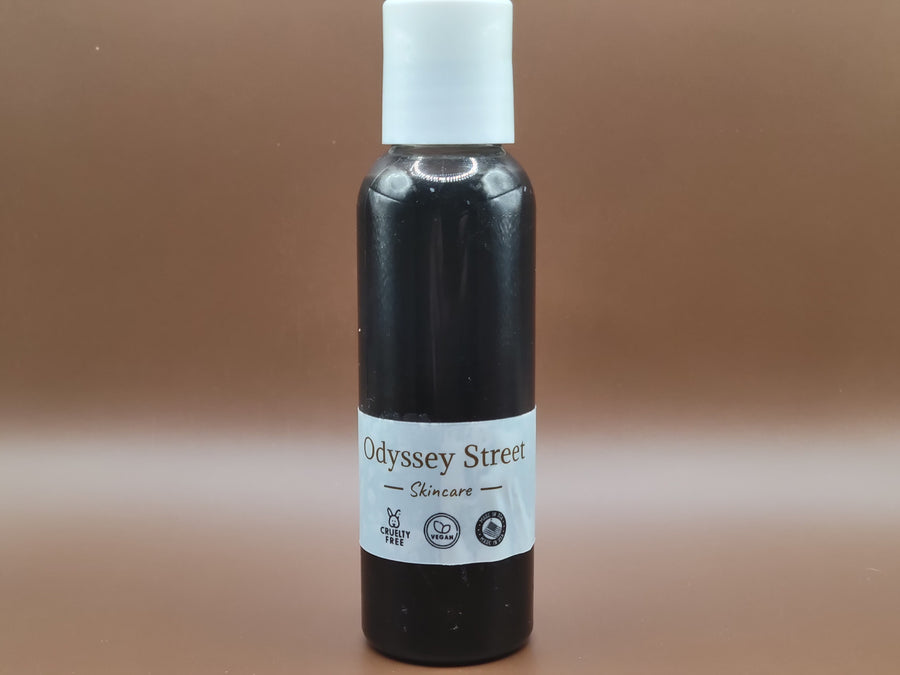
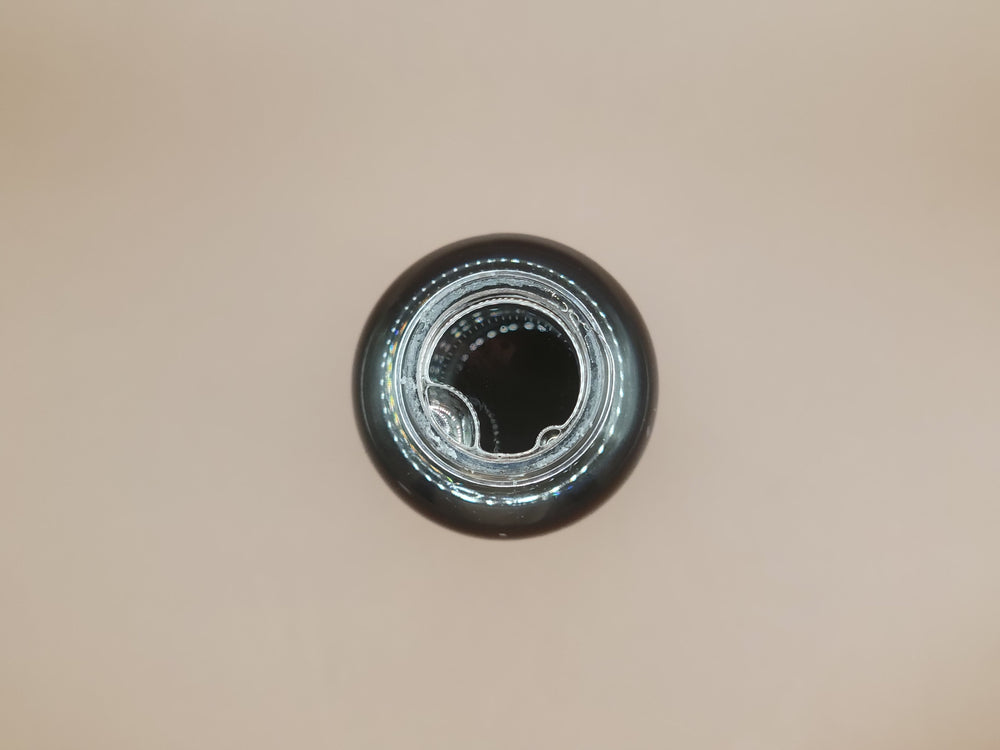
Leave a comment